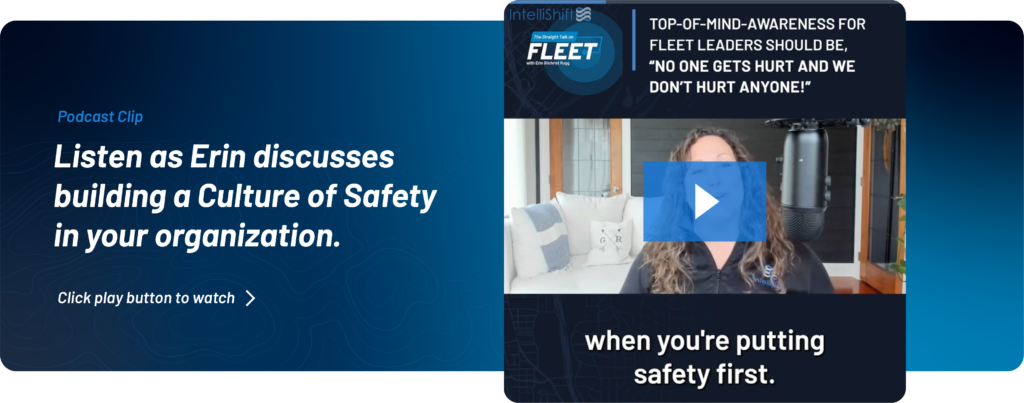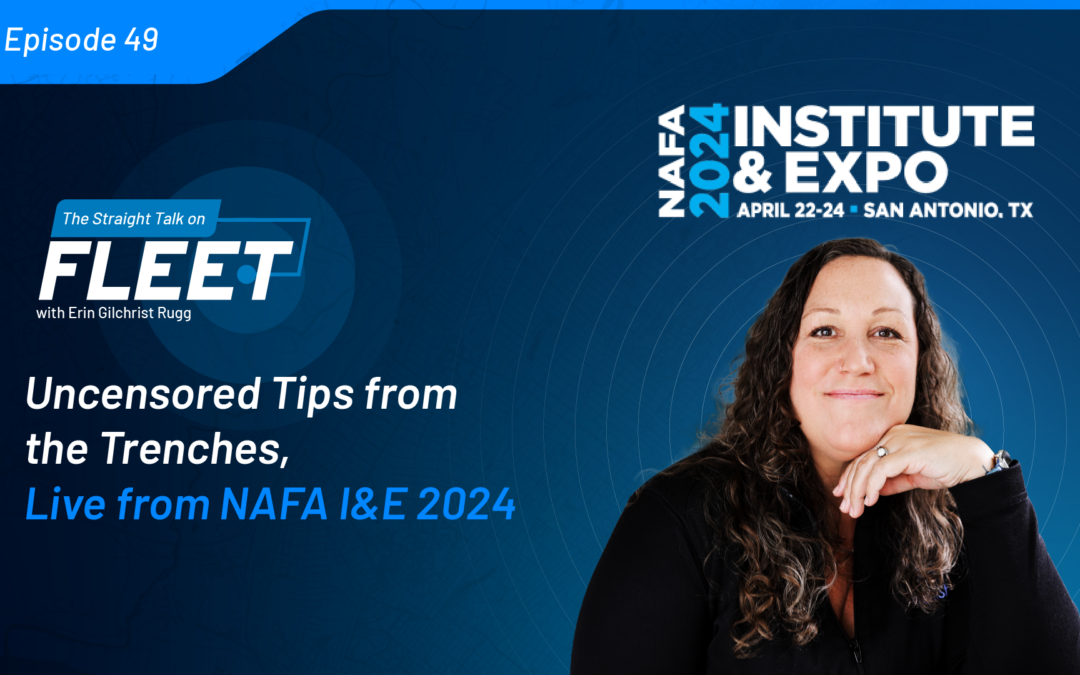Gamification for fleet safety is the use of game-like elements to motivate and engage drivers to improve their safety behavior. This can be done by incorporating elements such as points, badges, levels, leaderboards, and challenges into a fleet safety program. It can be a powerful tool. By incorporating game-like elements into fleet safety programs, organizations can motivate drivers to improve their behavior and reduce the risk of accidents.
Why Use Gamification for Fleet Safety?
- Reduced accidents: When drivers are more engaged and have better driving behavior, they are less likely to be involved in accidents.
- Improved driver behavior: When drivers are rewarded for safe driving behavior, they are more likely to repeat those behaviors.
- Increased driver engagement: When drivers are engaged, they are more likely to pay attention to safety messages and to follow safety procedures.
According to the National Safety Council, large trucks account for 9% of all fatal motor vehicle accidents in the United States in 2021. That is a 49% increase over the 10 years prior and 18% increase from just one year prior. In addition to the human cost, these accidents cost businesses billions of dollars each year in terms of lost productivity, property damage, and medical expenses.
Fortunately, gamification can have a positive impact. According to Zendrive, fleets that gamify their driver coaching realize a 21% reduction in speeding, a 59% reduction in distracted driving, and an overall reduction of collision risk by nearly 50%!
If that was not convincing enough, fleet leaders should care because of the way it engages employees. As Fleet Equipment Magazine explains, “Since gamification appeals to the human instinct to compete, either with yourself or with others, this technology can impact driver behavior by helping achieve company-wide goals, greater safety, productivity and compliance by delivering real-time data to drivers and their managers.”
There are many aspects to building a culture of safety, but one of them is changing hearts and minds. With gamification, you can tap into the human side of policy and technology, making it more possible to reach your safety goals.
For more insights on the importance of building a culture of safety, check out the Straight Talk on Fleet Podcast hosted by Erin Gilchrist, IntelliShift’s VP of Fleet Evangelism.

Implementing Gamification for Fleet Safety
Gamification can be a powerful tool for improving fleet safety. However, it is important to carefully plan and execute your gamification program in order to be successful. Here are some tips for creating a successful gamification program for fleet safety:
- Start with clear goals and objectives: What do you want to achieve with your gamification program? Once you know what you want to achieve, you can start to design a program that will help you reach your goals.
- Make the program fun and engaging: Drivers should enjoy participating in the gamification program. If the program is not fun, drivers will not be motivated to participate.
- Use meaningful rewards: The rewards should be something that drivers value. If the rewards are not meaningful, drivers will not be motivated to earn them.
- Make the challenges achievable. The challenges should be challenging enough to keep the drivers engaged, but they should not be so difficult that they become frustrating.
- Track progress and provide feedback: Drivers should be able to track their progress and see how they are doing compared to others. This will help them to stay motivated and to see the benefits of their efforts.

Ways to Gamify a Fleet Safety Program
There are a number of different ways to gamify fleet safety programs. No matter what, they should be fun and creative! Some common gamification techniques include:
- Points: Points can be awarded for safe driving behaviors, such as following the speed limit or wearing a seatbelt.
- Badges: Badges can be awarded for completing specific safety challenges, such as going a certain number of miles without speeding.
- Levels: Levels can be awarded as drivers progress through the safety program.
- Leaderboards: Leaderboards can be used to track driver progress and to compare drivers to each other.
- Challenges: Challenges can be created to motivate drivers to improve their safety behavior.
Challenges in Rolling out Gamification for Fleet Safety
Setting up a gamification program is not something to be done on a whim. Improve your success rate by proactively addressing these common challenges:
- Lack of clear goals and objectives: It is important to have a clear understanding of what you want to achieve with your gamification program before you start. What are your goals? What are you hoping to achieve? Once you know what you want to achieve, you can start to design a program that will help you reach your goals.
- Poorly designed rewards: Rewards are an important part of any gamification program. They need to be something that people will actually want to earn. If the rewards are not valuable or interesting, people will not be motivated to participate in the program.
- Technical challenges: Gamification programs can be complex to design and implement. If you do not have the right technical resources, it can be difficult to create a successful program.
- Lack of buy-in from stakeholders: Gamification programs need the support of key stakeholders in order to be successful. If you do not have the support of your employees, managers, or customers, it will be difficult to get your program off the ground.
- Over-gamification: It is important to not overdo it with gamification. If you try to gamify everything, people will quickly become overwhelmed and lose interest. It is important to find a balance between gamifying enough to be effective, but not so much that it becomes overwhelming.
Gamification Planning for the Long-Term is Worthwhile
If you can overcome these challenges, gamification can be a powerful tool for improving engagement, motivation, and learning. However, it is important to carefully plan and execute your gamification program in order to be successful.
For best results, don’t try to gamify everything at once. Start with a small pilot program and see how it goes. This will help you identify any potential problems and make adjustments before you roll out the program to a wider audience.
Get feedback from your participants throughout the process. This will help you ensure that the program is meeting their needs and that it is effective. And last but not least, be flexible! Be prepared to make changes to the program as needed. Things don’t always go according to plan but if you are able to keep the above in mind, you’ll continue making progress with gamifying your fleet safety program.




![Episode 50 Thumbnail Erin celebrates building the fleet community with 50 episodes and 11K followers on LinkedIn [Podcast]](https://intellishift.com/wp-content/uploads/2023/08/Gamification-Illlustration.jpg)



